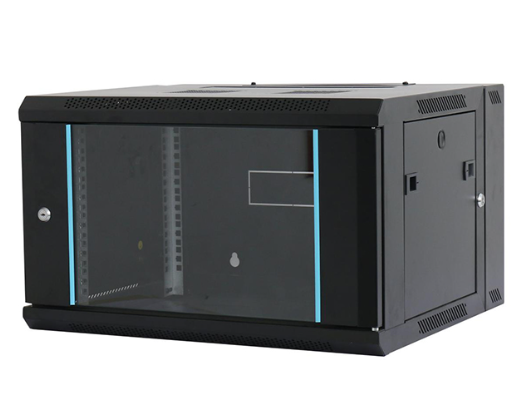News
Site Editor
 Site
https://leonetworkgroup.usa18.wondercdn.com/uploads/image/5fe152faa587d.png
A cable tester is an essential tool that is used to test the connectivity and functionality of various types of cables. It is used to determine whether a cable is functioning correctly, and if not, it helps to identify the specific areas that need repair or replacement. The working principle of a cable tester is relatively straightforward and relies on the use of several components to complete its
Site
https://leonetworkgroup.usa18.wondercdn.com/uploads/image/5fe152faa587d.png
A cable tester is an essential tool that is used to test the connectivity and functionality of various types of cables. It is used to determine whether a cable is functioning correctly, and if not, it helps to identify the specific areas that need repair or replacement. The working principle of a cable tester is relatively straightforward and relies on the use of several components to complete its
How Does A Cable Tester Work
Views: 502
Author: Site Editor
Publish Time: 2023-07-12
Origin: Site
A cable tester is an essential tool that is used to test the connectivity and functionality of various types of cables. It is used to determine whether a cable is functioning correctly, and if not, it helps to identify the specific areas that need repair or replacement. The working principle of a cable tester is relatively straightforward and relies on the use of several components to complete its task.
At the most basic level, a cable tester consists of two parts: the transmitter and the receiver. The transmitter sends a signal down the cable, and the receiver detects and measures the signal. To use a cable tester, the technician will connect one end of the cable to the transmitter and then connect the other end to the receiver. The transmitter will then send a signal down the cable. If the cable is functioning correctly, the receiver will detect the signal and measure its strength. If there is an issue with the cable, the receiver will not detect the signal, or the signal strength will be weak.
One of the critical components of a cable tester is the built-in microprocessor. The microprocessor helps to ensure that the transmitter and receiver are communicating with each other correctly. It also helps to ensure that the correct signals are being sent and received and that the signal strength is consistent. It also helps to detect any issues with the cable that may affect signal strength or data transmission.
Another critical component of a cable tester is the LED display. The LED display shows the technician whether a cable is functioning correctly or if there are any issues that need repair. The display may show the signal strength, the level of attenuation, and other information about the state of the cable.
Additionally, some cable testers are equipped with the ability to generate a tone or audible signal that can help to identify the specific cable being tested. This feature is particularly useful in situations where there are multiple cables in the same area, and it may be difficult to determine which cable needs testing.
In conclusion, a cable tester is an essential tool for anyone needing to test various types of cables. Its working principle involves sending a signal down the cable from the transmitter and receiving the signal through the receiver. It is essential to ensure that both transmitter and receiver are communicating correctly, and the correct signals are being sent and received. The LED display and the tone generator are additional features that help the technician pinpoint any issues that need repair or replacement.
If you want to know more about industrial network cabinet,china fiber optic splice closure,china fiber optic distribution box,please consult the fiber optic splice closure factory









